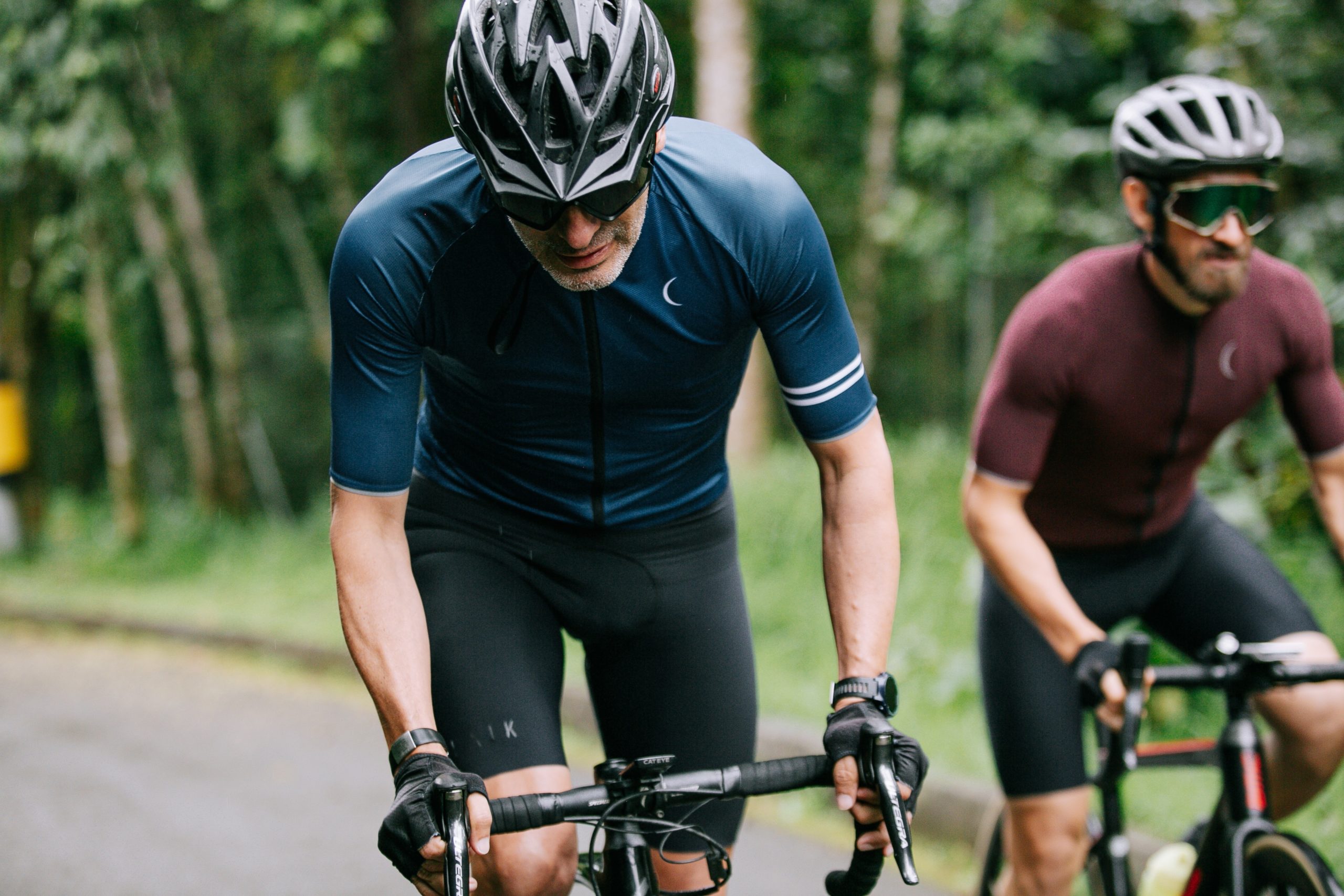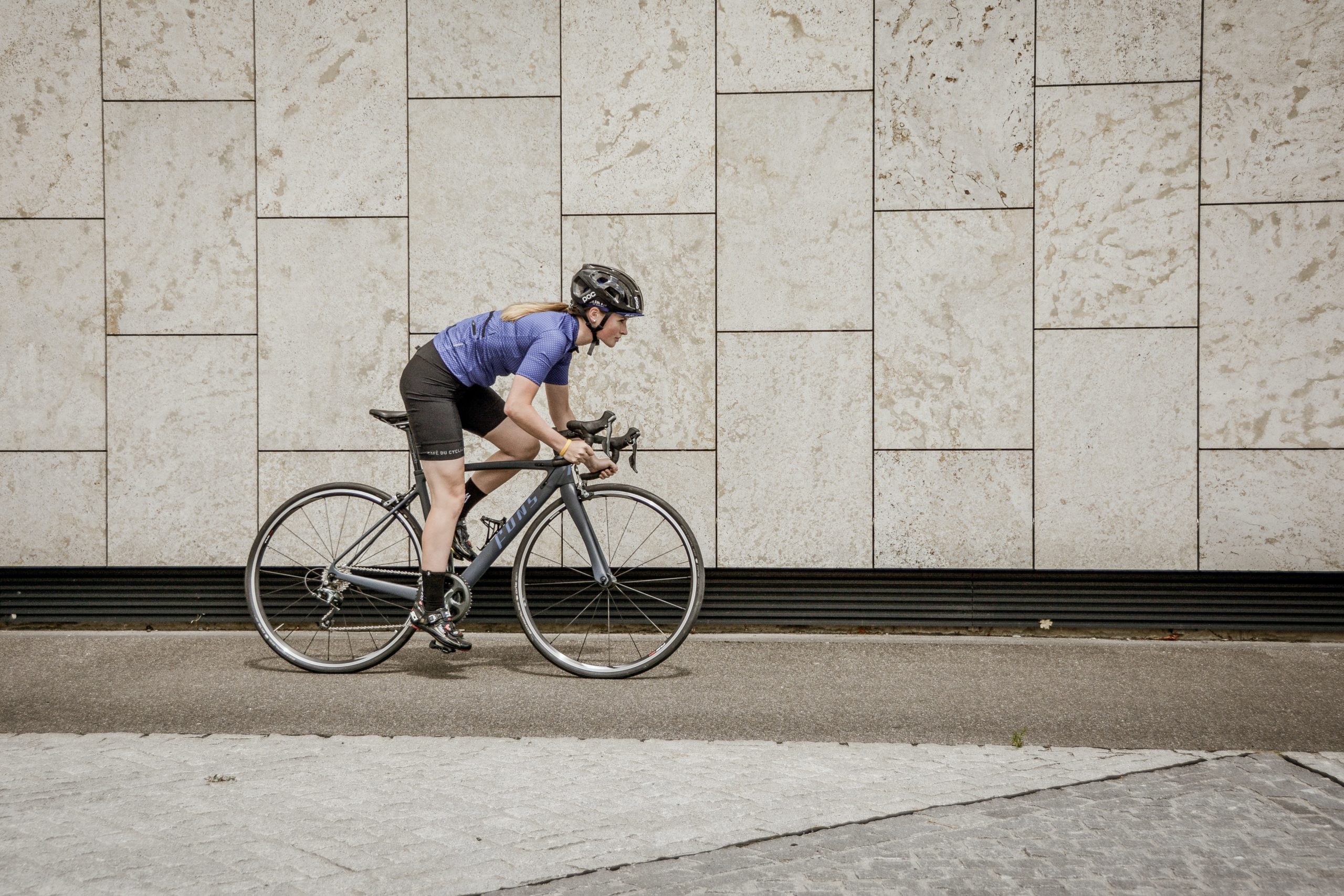How to Boost Your FTP
Elite Multisport coach Mike Trees breaks down how to improve your cycling performance and increase your FTP.

There are three letters that nearly every actively training cyclist is keenly aware of: FTP. It is short for Functional Threshold Power and is defined as the highest average power (in watts) you can sustain for approximately one hour. It is a key benchmark that qualifies level of performance.
It All Starts with Power
Before we dive into FTP, we first need to address the underlying measurement, which is power. Power is a measure of the watts of energy being produced by your legs through the pedals, drivetrain and rear wheel. The harder you pedal, the more power you produce.
A power meter is a piece of equipment often used to measure this force. There are multiple types and formats of power meters but any quality one will do. Smart bike trainers also have the ability to measure power output as this is a key component of their function.
It’s always fun to see data while training but keep in mind, races are measured by time not by power output. Racing is trying to achieve the maximum speed for minimum power expenditure.

How Do You Measure FTP?
In a real world setting, to find this number, one would have to push to his or her maximum limit for a full 60 minutes. Thankfully there are abbreviated formats to test FTP. To keep things simple, let’s focus on the most commonly used 20 minute test. In this scenario, you will commit to an all out effort, the maximum power output you can sustain for a 20 minute period. (If completing this test outside, make sure you have a safe route that’s free of turns and traffic, if possible.)
Once you’ve completed your test, 95 percent of your average power over the 20 minutes is your FTP. You can now use this figure to set your training zones and workout targets.
While your standalone bike FTP is a very good measure of performance, to be truly accurate on race day, you should consider testing your FTP after a hard swim (e.g. 750m at race pace effort). This will give you your truer “Triathlon FTP.” If you just use a typical cyclist’s FTP calculation, you may be overstating your numbers and find that you will suffer on the bike section or later on the run.
Does FTP Measure the Athlete?
It is easy to get caught up with comparing numbers. However FTP is not a stat that is easily comparable across riders. Heavier riders have more weight to propel forward, therefore require more power to move at the same speed as a lighter rider.
A more accurate measurement across riders would be watts per kilogram (W/kg). Here the measurement accounts for the power output in conjunction with the weight of the rider.
For example, if you weigh 75 kilograms and your FTP is 150 watts, then your watts per kilogram at FTP is two.
Two riders with the same W/kg at FTP would theoretically travel at the same speed, even though their FTP’s may be vastly different.

Increase FTP
The first step towards improving your cycling performance is making sure you are working on the right components at the right time. When you look at the phases of training (prep, base, build, taper, recovery), FTP focused training should be happening in the prep and base periods. In these phases, the focus is less about volume and more about intensity.
It would be ill advised to start an FTP boosting training program during a key build phase leading up to a race, when the priority is increasing mileage up to your race distance.
The more you ride, the more you will increase your FTP. The stronger and more efficient you become over the winter, the better you will race in the summer, so please don’t put away your bike this winter and just run.
There are two strategies I recommend for my athletes during base training to develop their FTP: Big gear/low cadence intervals and SweetSpot Training.
- Big Gear Cycling with a Low Cadence Training
Put your bike in the hardest possible gear for the terrain and push high power well above your FTP for set intervals at a low cadence. Indoors this is easily achieved on a bike trainer. Outdoors, hill repeats will get the job done.
Sample Workout Session
Warm up:
- Ten to 15 minutes progressive warm-up
- Four by 30 second primers of FTP+ level efforts
- Three to five minute warm up
Main set:
- Eight by three minutes hill repeats, or low cadence, high power intervals on the trainer (120-150 percent of FTP, cadence below 70 RPMs)
- Ninety second recovery
Cool Down: Ten to 15 minute easy
- Sweetspot Training
In these sessions, you will complete longer intervals that are just above or just below your FTP. It’s a simple yet effective approach that can be done on an indoor trainer or outdoors.
Sample Workout Session
Warm up:
- Ten to 15 minutes progressive warm up
- Four by 30 second primers of FTP+ level efforts
- Three to five minute warm up
Main set:
- Three by 12.5 minutes at sweet spot (87-93 percent of FTP)
- Six minute recovery
Cool Down: Ten to 15 minute easy
These sessions should be added only once a week. The remaining volume (80 percent) should be done at lower intensity (70 percent or less of FTP). Keep in mind that you will be adding in hard sessions for the other two disciplines so one hard bike per week should suffice.
***
Mike Trees is a running/triathlon coach (NRG Coaching) and all around elite endurance athlete. As a runner, Mike competed at Britain’s top sports University, Loughborough. He went on to race and coach all over the world, most recently in Japan. After 15 years racing as a professional triathlete, Mike eventually took up coaching triathlon and has coached Olympians and world champions, as well as National level and top amateurs.

